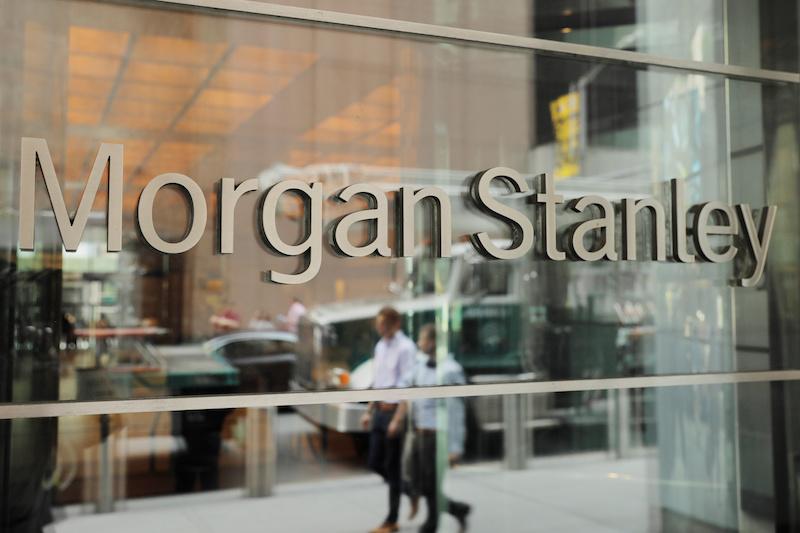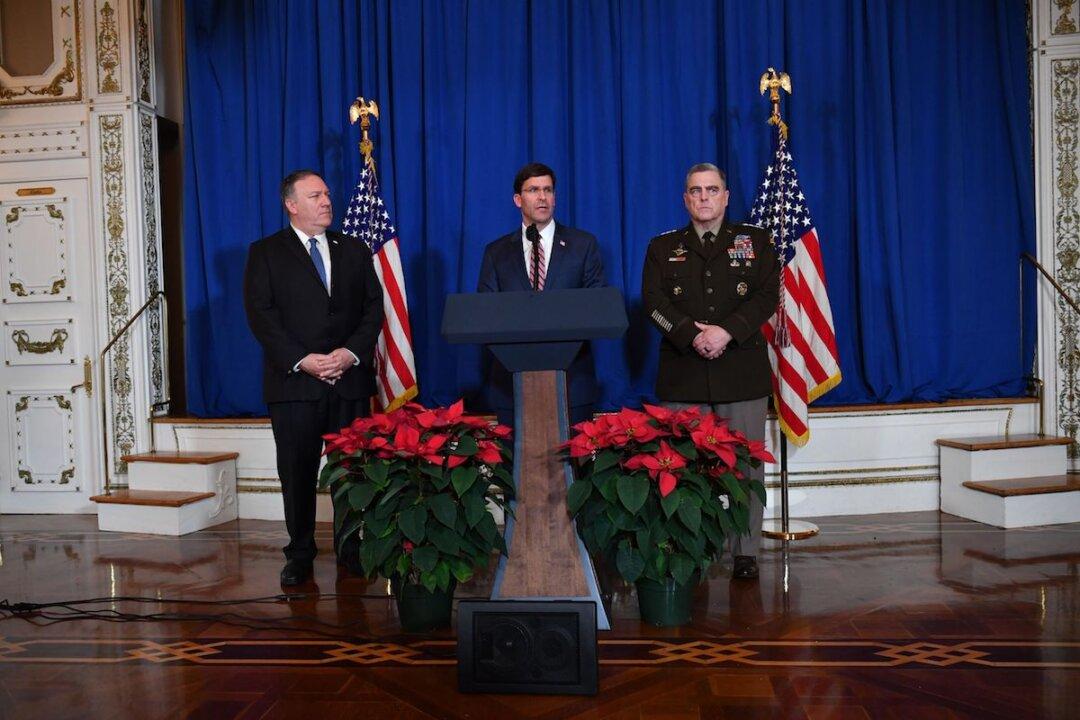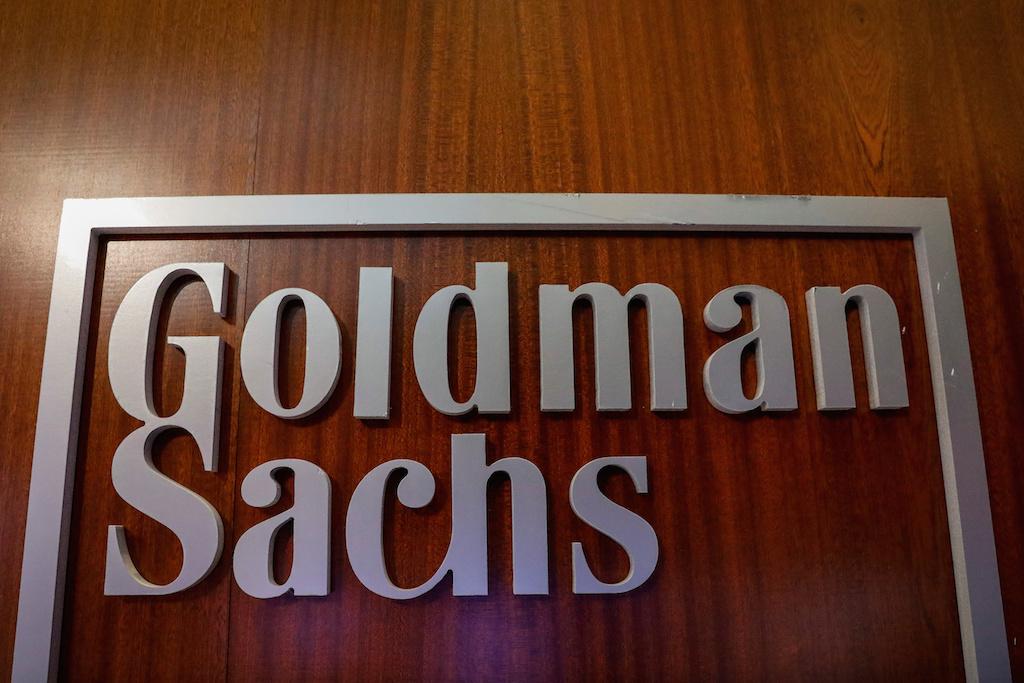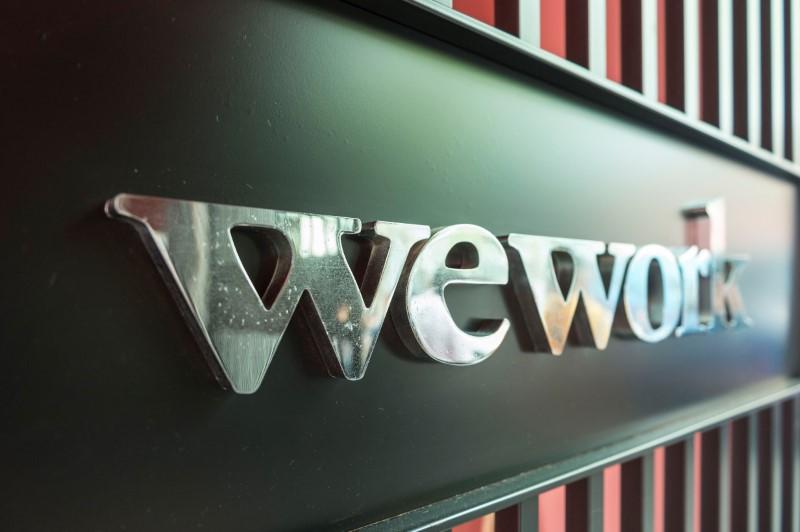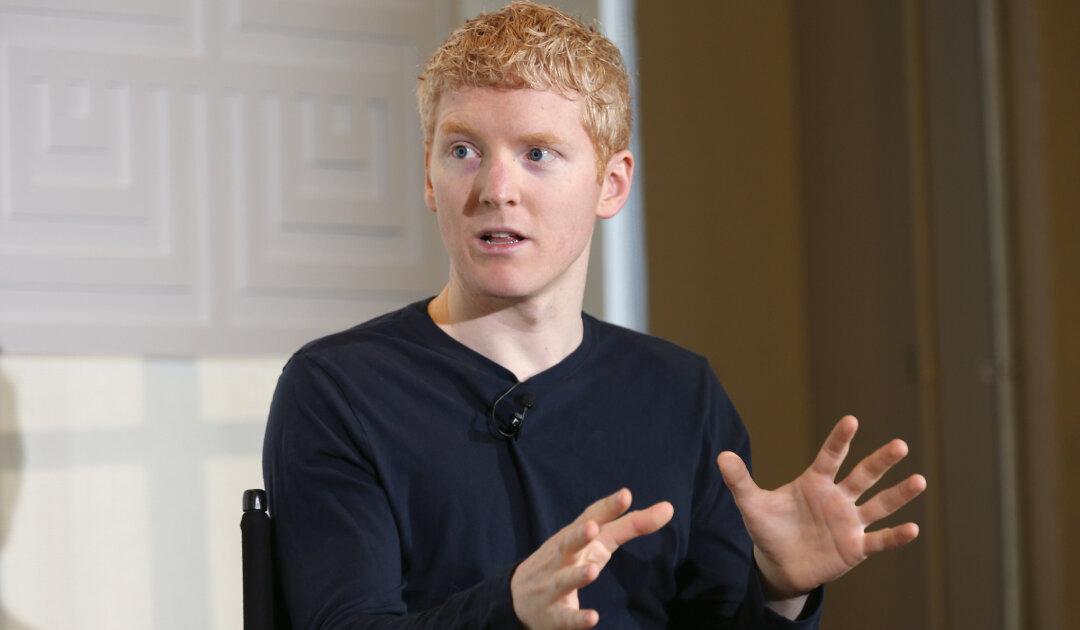Currency strategists are convinced that 2019 will be the year of the euro. Money managers and traders aren’t buying it.
Morgan Stanley, Credit Agricole SA, and Toronto Dominion Bank are all calling for the common currency to surge next year as investors shift focus away from an overvalued dollar. That’s not a view shared by Janus Henderson Group Plc. and Allianz Global Investors, which are positioned for weakness in the euro on skepticism stemming from the political and economic risks surrounding Europe.
